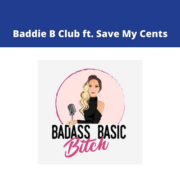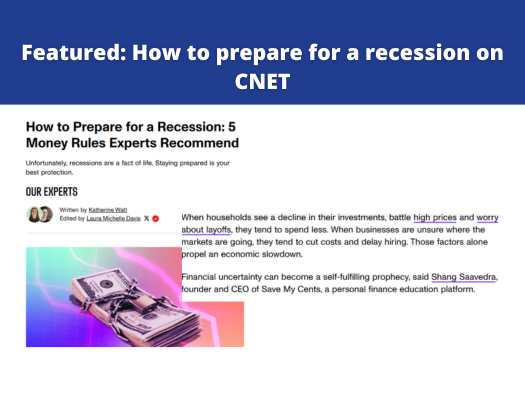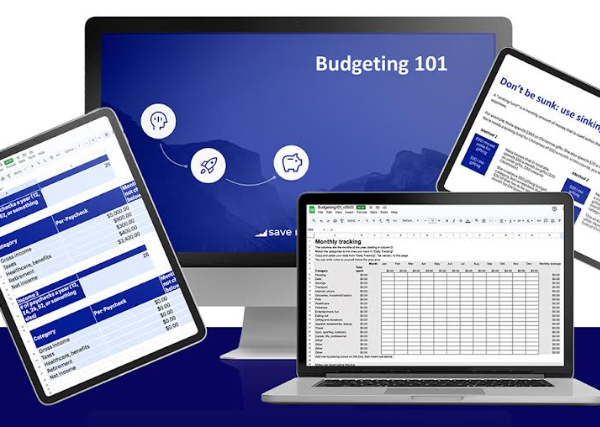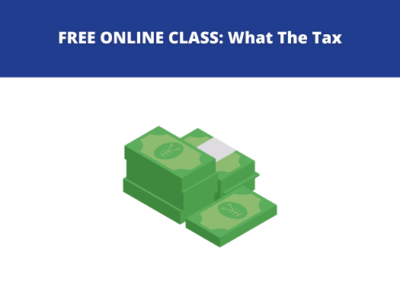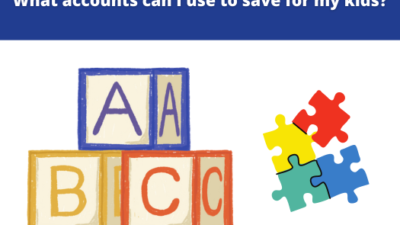If you have ever struggled to stick to a “no spend challenge” (or found yourself on a spending spree the minute it was over), you’re not alone.
No spend challenges have become an increasingly popular way to reset spending habits in the personal finance realm, and they are often one of the first concepts that you might get introduced to when starting your personal finance journey. The idea is to pause impulse spending for a set period of time. However, for many people, it’s easier said than done. Why?
They usually fail for 2 reasons: 1. You are not adequately allowing for essential expenses. 2. You are trying to go too cold turkey, without also addressing the underlying cause(s) of the spending.
I have developed a sustainable, mentally healthy, and kind no spend challenge with these common obstacles in mind.
Sign up to receive the challenge daily in your inbox by clicking here


